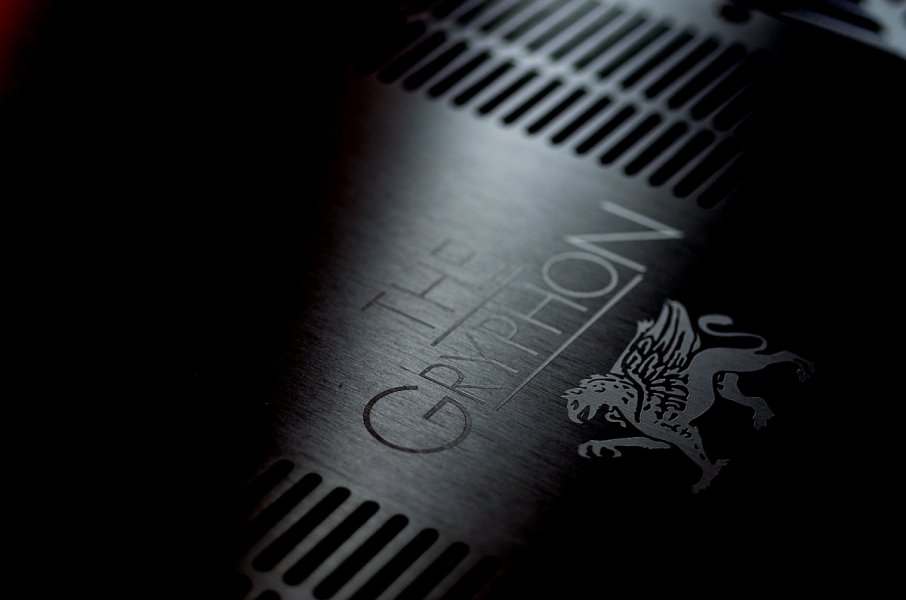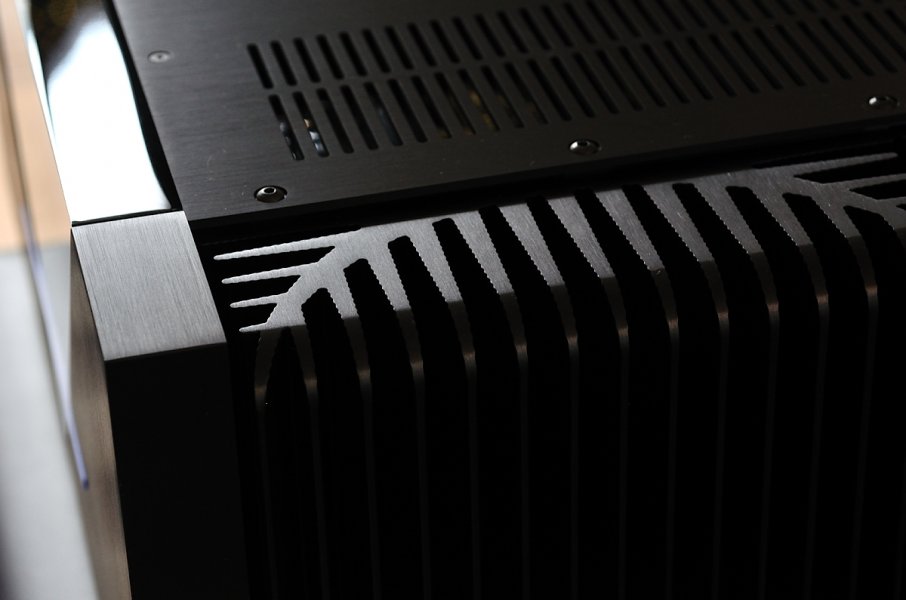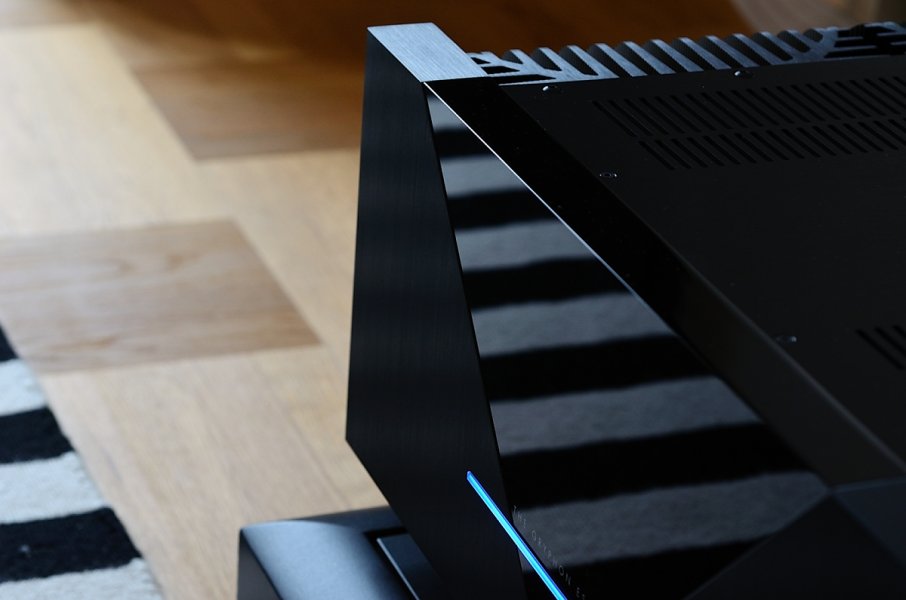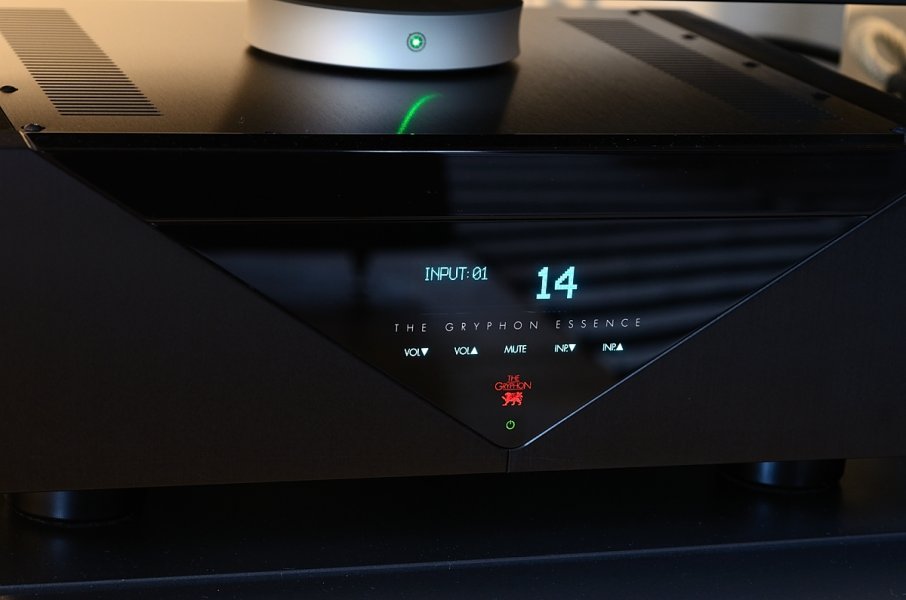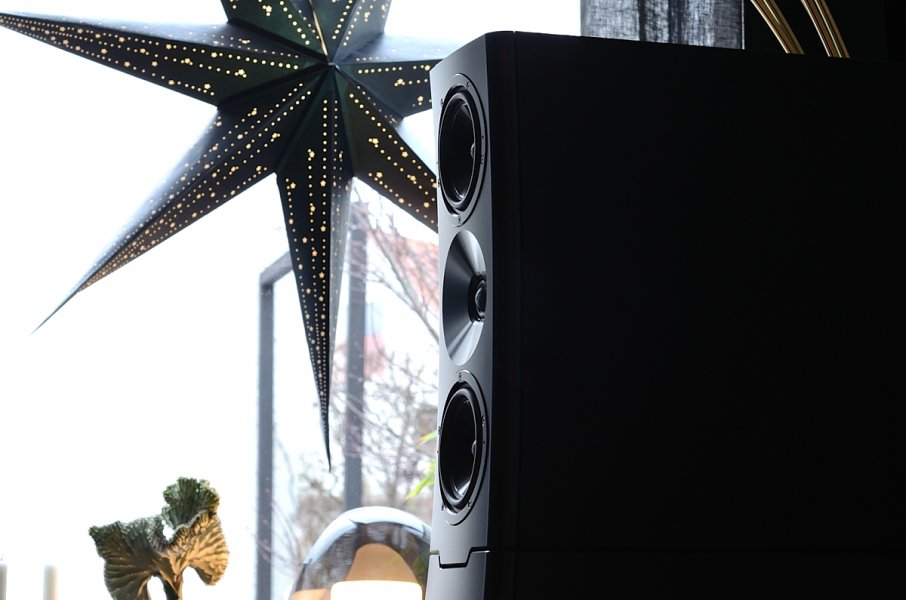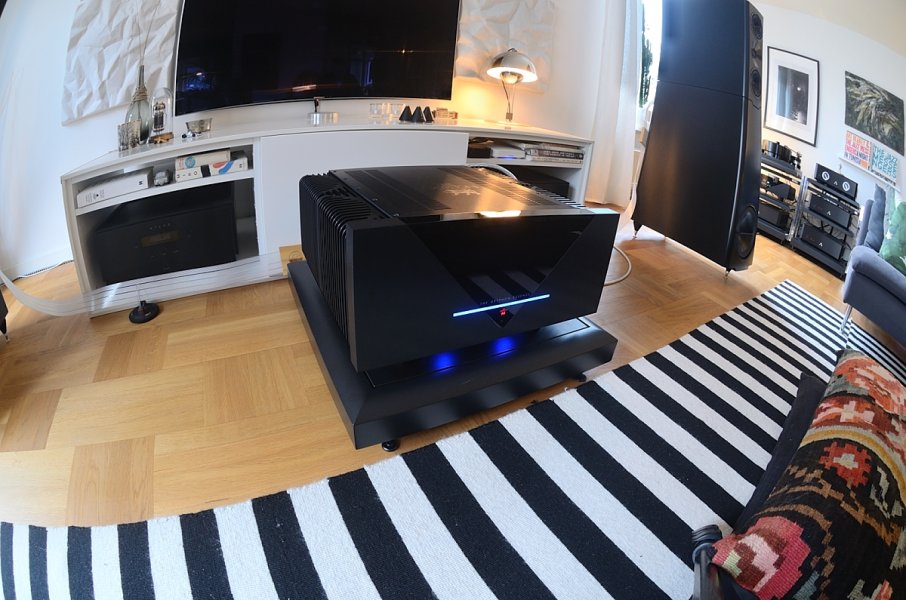I concur with Scott. His Giya G1 + Colosseum combo was the catalyst that drove me to purchase Giya G2 S2s.It is a perfect pairing. Gryphon with its super organic sound and firm bass grip plays the Vivids(G1, Spririt and Kaya 45) to perfection.
The new Essence amp seems to me to be a miniMephisto. I will confirm this once I get my Mephisto. But so far the Essence amp is driving the Vivid G1's effortlessly.
Gryphon Essence
- Thread starter eagle3333
- Start date
You are using an out of date browser. It may not display this or other websites correctly.
You should upgrade or use an alternative browser.
You should upgrade or use an alternative browser.
Hello friends - at long last I have my initial review published:
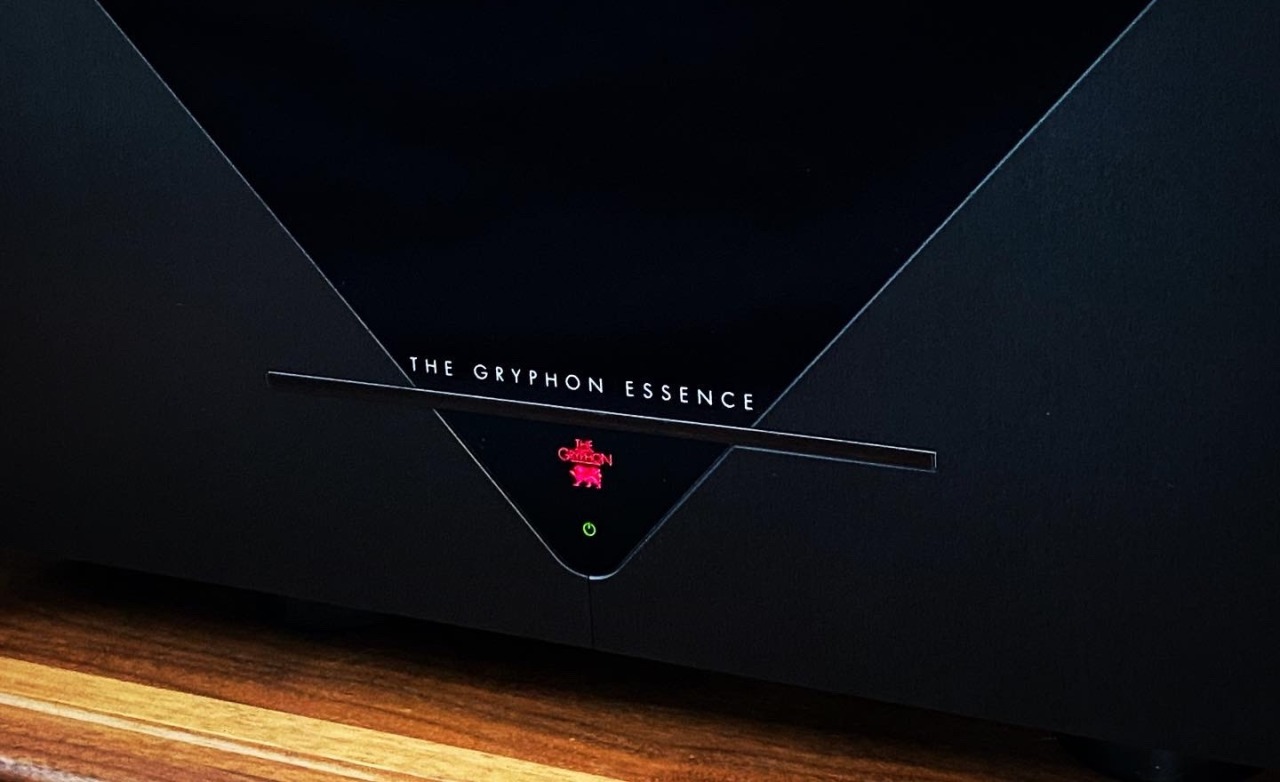
 taww.co
taww.co
Hope are all staying safe and well.
Cheers,
TAWW

First Take Review: Gryphon Essence Preamplifier & Stereo Amplifier
Okay, let’s get this out of the way: with a combined retail of over USD $40k (and that doesn’t include another $6k for the optional Zena DAC module), The Gryphon’s Essence preamplifier and stereo...
 taww.co
taww.co
Hope are all staying safe and well.
Cheers,
TAWW
Fantastic review and look forward to reading it more carefully. Meanwhile, I note you call the Gryphon Essence your new referece...does this mean you are keeping the pair, or that you simply consider it your reference standard from now on in performance?Hello friends - at long last I have my initial review published:

First Take Review: Gryphon Essence Preamplifier & Stereo Amplifier
Okay, let’s get this out of the way: with a combined retail of over USD $40k (and that doesn’t include another $6k for the optional Zena DAC module), The Gryphon’s Essence preamplifier and stereo...taww.co
Hope are all staying safe and well.
Cheers,
TAWW
In any event, I have not heard the Essence but I have owned Gryphon going back to the original Antileon (non SE)...and concur with your very detailed observations about how it manages to have remarkable tonal density with no lush, no fuzz, no excess warmth (which designs sometimes use to approximate tonal density, purity).
Hi @LL21 - I did indeed purchase the set to keep long term. It was one of those moments where I didn’t want to spend a lot of time messing around finding the right electronics for the Audiovectors, and just wanted to settle on something I could enjoy for many years. I no doubt will try other pieces for comparison but I don’t see the Gryphons going anywhere for some time (famous last words for any ‘phile, I know).
Congrats! That is very big news for you and exciting to hear. Glad to see the Gryphon name continues to grow in part thanks to great reviews. Enjoy!Hi @LL21 - I did indeed purchase the set to keep long term. It was one of those moments where I didn’t want to spend a lot of time messing around finding the right electronics for the Audiovectors, and just wanted to settle on something I could enjoy for many years. I no doubt will try other pieces for comparison but I don’t see the Gryphons going anywhere for some time (famous last words for any ‘phile, I know).
Congratulations on a very fine review! Your classical musician/reviewer background adds a lot to the credibility of your review, at least with me. Thank you, taww.Hello friends - at long last I have my initial review published:

First Take Review: Gryphon Essence Preamplifier & Stereo Amplifier
Okay, let’s get this out of the way: with a combined retail of over USD $40k (and that doesn’t include another $6k for the optional Zena DAC module), The Gryphon’s Essence preamplifier and stereo...taww.co
Hope are all staying safe and well.
Cheers,
TAWW
Thanks for the great review. And for the turn on to Elsa Dreisig. Listening to her Strauss now.....what a luminous voice!
Thanks for checking it out David, and glad you’re enjoying the Dreisig recording. The Strauss songs (and entire album) are indeed wonderful, one of my favorites. On a more audiophile note, I’ve always found the relative perspective of the piano and voice a bit odd in the recording and not like one would hear in a recital, the reason for which becomes clear when you see their positioning and mic setup in the YouTube video! Doesn’t detract from the performance at all, but clearly not a minimalist stereo mic-ing, and you can clearly hear this through the Grypyons (less obvious with my other amplifiers).
On a (somewhat) related note, a couple of decades ago, Nimbus (a small British CD label) produced a fascinating series based on the 78 rpm recordings of the greats of the early 20th century -- Caruso, Flagstad, Farrar, Ponselle, Bjoerling, etc. They played them on gramophones, and mic'd the horns. Obviously, we're not talking about modern recording dynamics, but that quickly becomes irrelevant. You start listening to them as a "novelty" but quickly become engrossed in the performances. The freshness of the performances is remarkable -- audio time travel!Thanks for checking it out David, and glad you’re enjoying the Dreisig recording. The Strauss songs (and entire album) are indeed wonderful, one of my favorites. On a more audiophile note, I’ve always found the relative perspective of the piano and voice a bit odd in the recording and not like one would hear in a recital, the reason for which becomes clear when you see their positioning and mic setup in the YouTube video! Doesn’t detract from the performance at all, but clearly not a minimalist stereo mic-ing, and you can clearly hear this through the Grypyons (less obvious with my other amplifiers).
Taking us all off-piste for a second...try this website. Have bought numerous Furtwangler, and nearly all of the historic blues...really impressive work.On a (somewhat) related note, a couple of decades ago, Nimbus (a small British CD label) produced a fascinating series based on the 78 rpm recordings of the greats of the early 20th century -- Caruso, Flagstad, Farrar, Ponselle, Bjoerling, etc. They played them on gramophones, and mic'd the horns. Obviously, we're not talking about modern recording dynamics, but that quickly becomes irrelevant. You start listening to them as a "novelty" but quickly become engrossed in the performances. The freshness of the performances is remarkable -- audio time travel!
https://www.pristineclassical.com/
An excerpt to describe their work:
"Casals' finest recordings as never heard before
XR remastering strips away the decades to reveal incredible detail and nuance
When one considers all of the recordings made in the post-1925 electrical recording era, but before the development of full frequency range recordings in the 1940s, there can be few instruments more suited to the restrictions of the technology at the time than the cello. The range of frequencies required to capture it well, thanks to its low register, generally falls within the capabilities of 1930 disc recording, and this makes it a prime candidate for XR remastering. I've already had considerable success with Casals - his 1938 recording of the Dvorák Cello Concerto (PASC 246) beat all others, old and new, to become Gramophone's recommended recording of the work in February 2011.
However, nothing prepared me for the possibilities lying hidden in the grooves of his Cello Suites recordings of 1936 to 1939, which have surpassed all expectations. I was already familiar with issues on both EMI and Naxos (the latter a considerable improvement on the former), but neither offers the listener the full-bodied tone of Casals' cello, the crispness of his sound, the sense of immediacy and clarity which lay hidden in these recordings for so many decades.
My first task was to take the disparate recordings and bring some homogeneity to the sound of the instrument - each suite was initially processed separately, using a common reference in order to iron out differences in the recording equipment and locations used during the recording sessions. Thereafter I brought them together to continue what was at times a tricky restoration - revealing so much musical detail also reveals much else that is unwanted. Occasionally this may still be heard, but it should not distract you from one of the most remarkable restorations it has been my pleasure to undertake.
Andrew Rose"
Thanks for the tip -- I'll check it out.Taking us all off-piste for a second...try this website. Have bought numerous Furtwangler, and nearly all of the historic blues...really impressive work.
https://www.pristineclassical.com/
An excerpt to describe their work:
"Casals' finest recordings as never heard before
XR remastering strips away the decades to reveal incredible detail and nuance
When one considers all of the recordings made in the post-1925 electrical recording era, but before the development of full frequency range recordings in the 1940s, there can be few instruments more suited to the restrictions of the technology at the time than the cello. The range of frequencies required to capture it well, thanks to its low register, generally falls within the capabilities of 1930 disc recording, and this makes it a prime candidate for XR remastering. I've already had considerable success with Casals - his 1938 recording of the Dvorák Cello Concerto (PASC 246) beat all others, old and new, to become Gramophone's recommended recording of the work in February 2011.
However, nothing prepared me for the possibilities lying hidden in the grooves of his Cello Suites recordings of 1936 to 1939, which have surpassed all expectations. I was already familiar with issues on both EMI and Naxos (the latter a considerable improvement on the former), but neither offers the listener the full-bodied tone of Casals' cello, the crispness of his sound, the sense of immediacy and clarity which lay hidden in these recordings for so many decades.
My first task was to take the disparate recordings and bring some homogeneity to the sound of the instrument - each suite was initially processed separately, using a common reference in order to iron out differences in the recording equipment and locations used during the recording sessions. Thereafter I brought them together to continue what was at times a tricky restoration - revealing so much musical detail also reveals much else that is unwanted. Occasionally this may still be heard, but it should not distract you from one of the most remarkable restorations it has been my pleasure to undertake.
Andrew Rose"
Great tips, thanks guys! I have not listened to much historical material on the new system but should dig through the catalog, always surprised at how much juice you can still squeeze out of century-old recordings.
Beautiful setup! @P-pan How did you find the combo of Essence and YG? How was the bass?
First of all I need to ask all of you to have a little patient with my formulations as I was not born in an English-speaking country ... google translate is really good but translates some to sound "backwards" ...
My listening session did not last that long, 1 hour max, but this sounds to have a very, very good potential.
In my own listening room, I have a small increase in the bass area so I'm probably used to a lot more bass than presented in this set up. Compared to that, this room and Yg plays more dynamically and correctly but without the last really deep octaves. The room is very large and is open to the kitchen, entrance hall and the stairs to the upper floor. This in itself can probably affect the reproduction in the low bass area.
Overall, this combination sounds really big and controlled while small details and intimacy are "preserved" in a very nice way.
Details and those small sound effects that give a great deal of presence and ambiance are presented with a very good margin.
Nowadays I have tubes in my own amplifier and the sound of the Gryphon Essence really appeals to me so I could probably change any day and be more than happy.
As usual, it's best to test at home in a familiar environment ... I'll probably see what the future holds.
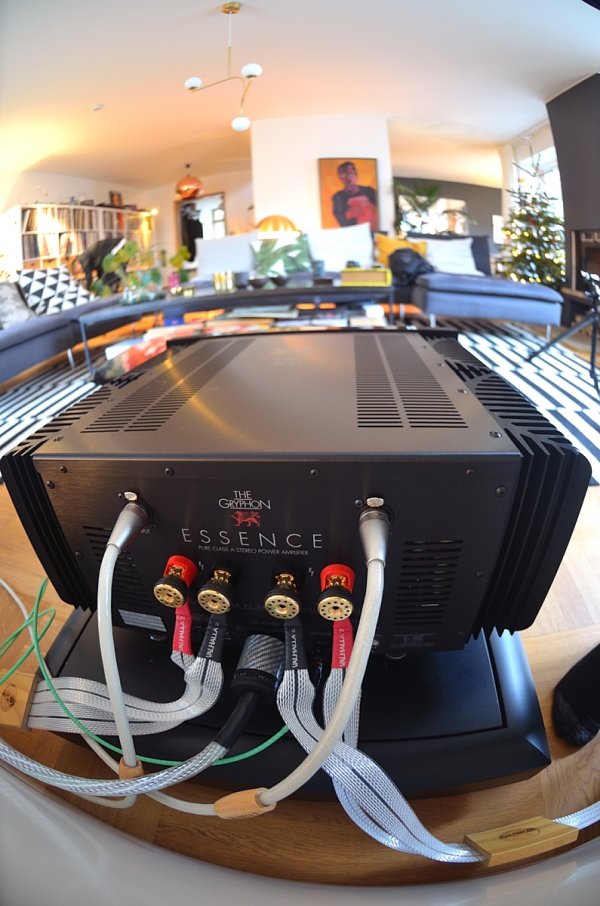
I'll will try to see if my friend can stop by to comment as well...
Hi @KeithR - the Valvets are stashed away in another home (hoping to use them later on for another system) so these comments are based on some comparisons and notes from several months ago.Hey @taww , nice review of the Gryphon pair! Could you compare the Valvet monos to them for me? I've owned them in the past. Thanks!
There are actually some similarities between the Valvet and Essence - they both have a very lively and articulate midrange that has both body and bite, and they both excel at dynamic contrasts, particularly subtle ones. Tonally the Valvet has just a bit of illumination in the upper midrange that I attribute to the use of silver internal wiring - not a bad thing per se, but a little extra color to my ears vs. the close-to-dead neutrality is the Essence.
I like both amps very much but the Essence pretty much excels even more at everything the Valvet is great at. Where the Essence really pulls away are in the frequency extremes - the highs are startlingly realistic and resolving, the lows deeper and firmer - and the clarity and grainlessness of the entire spectrum. Even though the Valvet is a “Class A” amp, it sounds slightly Class AB in direct comparison to the ultra-pure Essence... I thought the Valvet was supremely organic until spending time with the Essence, after which the Valvet still sounded good but ever so slightly veiled and electronic.
Interestingly, the idle power consumption of the Valvet pair is almost identical to the Essence in high bias mode, and considerably less than a Pass XA30.5 or 30.8. And you hear this in both as a speed and dynamically alacrity that combines the best qualities of Class AB and Class A. The Essence just gives you even more Class A goodness, sounding even more liquid than the Valvet or Pass XA30.5. And the Essence obviously has more power than the Valvet. as well as a wider and deeper soundstage. The Valvet stage feels a bit narrower and less separated despite the ostensible advantages of being true monoblocks.
Basically, everything you’d expect at 3x the price/size and maybe 2x the weight.
Thanks so much for the comparison, @taww ! I owned the A3.5s on high efficiency speakers some years ago and they were quite good. The only flaw was a loss of resolution compared to much more expensive amps. I’m curious if the A4mk2 has increased this. I recently heard the Essence and it was very nice- and different from the older more chocolate Gryphon sound.
Similar threads
- Replies
- 22
- Views
- 1K
- Replies
- 0
- Views
- 316
- Replies
- 0
- Views
- 206
- Replies
- 3
- Views
- 386
| Steve Williams Site Founder | Site Owner | Administrator | Ron Resnick Site Owner | Administrator | Julian (The Fixer) Website Build | Marketing Managersing |


